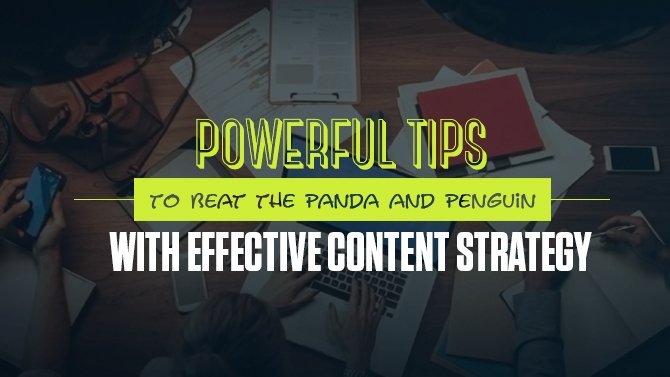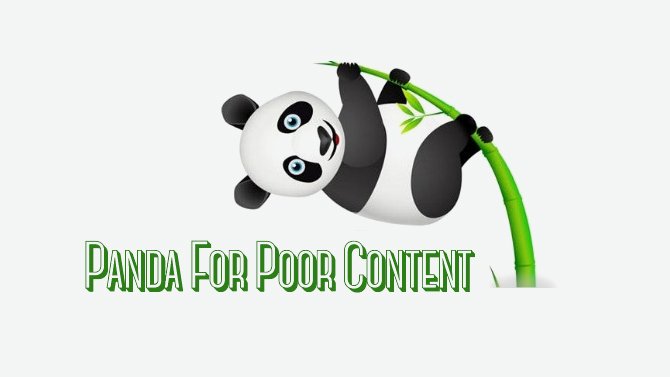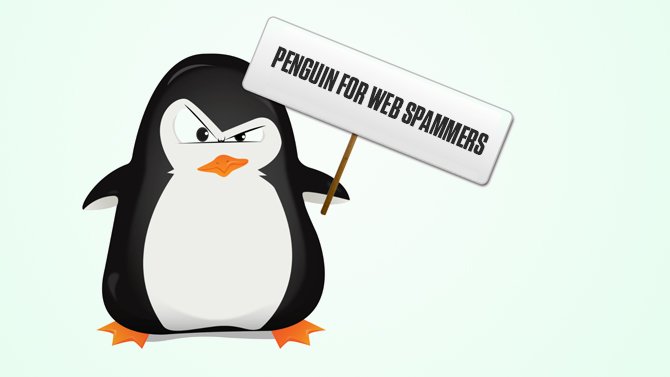Our Offices
USA OFFICE
937, Shore Point Court, # G313,
Alameda - 94501, California, USA.
INDIA OFFICE
C - 81C, Sector - 8,
Noida 201301, UP


Google Panda update hit the web on the 23 February, 2011, their first major update since their indexing algorithm update, namely, Caffeine.Currently, the latest version of it namely, Panda 4.1 is rolling on the web. Google mothered this Panda algorithm for saving the web from the insanity of content farms by decaying the rank value of their contents on the search engine result page(SERP).
This radical change in ranking algorithm method was able to combat with such sick and flat contents and was able to chisel them down in rank value which consumeda staggering 12% of the total amount of search results on this planet.Later, google made a survey on those poor contents and also on their manufacturing factories with the sea of web pages which got blocked by the google chrome users over a longer period of time. The result of that survey was quite stunning. Thankfully, it showed more than an 80% match between them.

Before Panda update the whole SEO techniques for getting ranked on the SERP ware different. The commitment of content farms, back then, was to deliver quantity, not the quality. Simply, they were out googling google itself by flooding the web with their contents. At times, google were pretty much vocal against these false policies for acquiring a good page rank and also simultaneously changing their search algorithm to arrest these shadowy contents.
Undoubtedly, the authority of a sterling content can beat the powerful panda algorithm. In fact, google loves and promotes praiseworthy documentation. Now, the quality of a content deals with the various attributes associated with it. These following discussed points can portray these attributes in a better way.
The overall narration of the subject or the object of a content should be Spartan. Needless flairs inEnglish is not that needed. Added to this, the readability score of that content should be high.
Google hates duplicate contents and they handle plagiarism pretty seriously. Moreover, if your feeds acre getting copied, there are ways to solve them. Firstly, report it to google. Secondly, integrate some tools with your website to get backlinks from those copycats.
If duplicate content is getting generated from your own website, then integrate some smarter plugins at your backend to solve the riddle easily.
A useful ‘how-to’ remains always useful to new users. Contents are evergreen when they solve a general problem of users.
The overall SEO structure of a website is one of the linchpins for achieving a good page rank. This includes,
Make your website scratch on every social surface like Google+, Facebook, Twitter, Pinterest, Instagram and on the rest of the social community herd. Generate and attract fresh organic leads form all the social fields and earn their trust by offering the knowledge they need.
Keep a track of every data set associated with your content and turn them into information for an organized future.
Finally, if you think that your contents are adding value to the web, keep up doing the good work. If not, there are ways to self-rectify and start afresh.

Penguin algorithm update from Google hit the web on 24 April, 2012. Currently, Penguin 3.0 is filtering the web. It was mainly for those contents which can be termed as ‘Web spam’ or more precisely, ‘over-optimized’. This algorithm update altered 3% of search results, globally. The tag ‘web spam’ can be analyzed with the help of three different parameters of basic search engine optimization (SEO) you should avoid.
If lead generation and backlink building process to any web content or to an entire content curating website is not natural or somewhat unfair with respect to the quality and the usability of the content or that webpage, it can be termed as web spam. Moreover, in this particular perception, contents, who link to an unethical web address also get penalized by Google.
Consider those websites who practice unfaithful SEO policies like, black hat or similar techniques to gain the SERP rank, get penalized as they mainly target search engine bots with a tremendous violation of search engine guidelines and deliver no values to the organic web searchers.
Keyword stuffing is the process of overusing rich or targeted keywords within a substandard content to beat other alike contents on the web which are often more useful to users. The principle intention behind this aggressive SEO technique is to fool the search engine bots where human curation is absent,but to deliver a better organized information to a user.
There are some standard SEO practices to beat Penguin in your content strategy. Before digging out those actual techniques, webmasters or content developers should ask themselves a simple question, am I doing anything that’s annoying users? The answer should be influenced by one single vision and that’s Google promotes safety and quality when content publishing is concerned.
Let us focus on some of the key workarounds to beat Penguin. They are,
It’s clear that Panda and Penguin is branding quality contents with a rich ranking value in the Google search results. Decidedly, the good old phrase ‘content is the king’ doesn’t stand anymore. In the post Panda and Penguin arena that old phrase got a bit modified. Now it’s ‘quality content is the king’.
Subscription Implies Consent To Our privacy Policy
7 Reasons Why Internet Marketing Is Important For Your Business
The 10 Advantages of Using WordPress for Developing Business Website